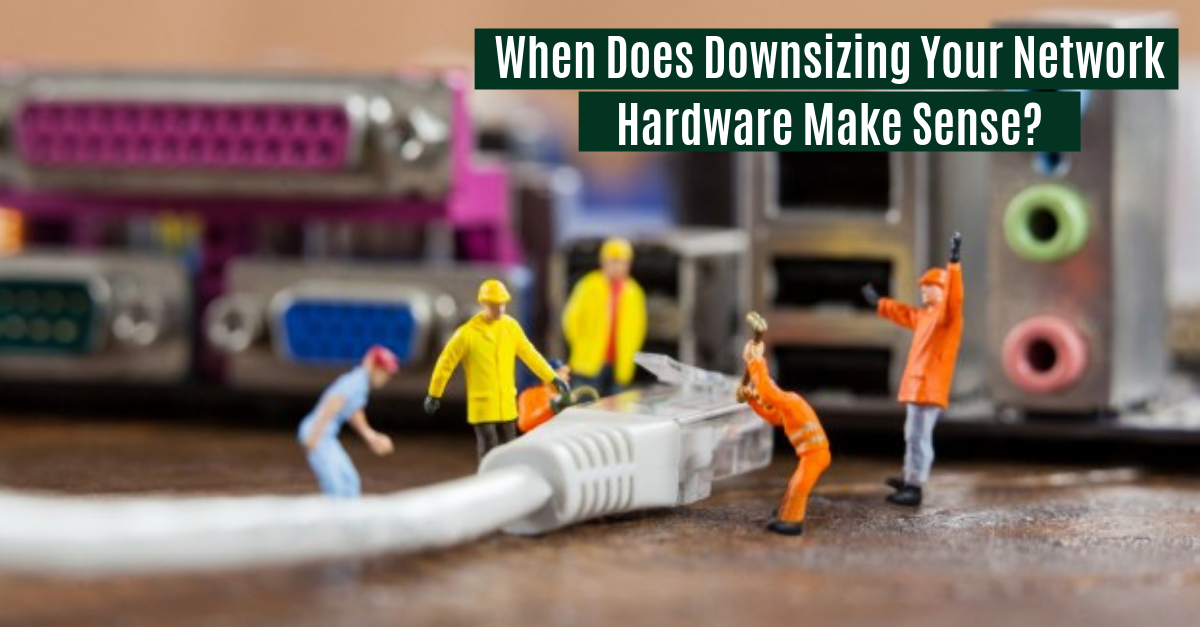As your enterprise grows and evolves, it’s only natural that your IT system would grow and evolve to accommodate those changes. But is bigger always better? Some modern technological advances actually allow you to maintain a smaller set of hardware components, allowing for easier monitoring, more efficient maintenance, better security and lower operating expenses. Let’s look at some scenarios in which downsizing your network’s hardware setup might make things better for your organization.
Multifunction devices = streamlined operation. Why maintain separate service contracts and maintenance schedules for a printer, a scanner, and a copier when you can get all three of these service in a single device? Modern multi-function components offer these abilities, along with integrated digital file management and sharing options.
.png?width=1200&name=Gravity%20Systems-blog%20(1).png)
More telecommuters = fewer workstations, simpler network routing. Making it possible for your employees to work from home gives you a golden opportunity to reduce the number of switches and network routing points you have to manage. It also means that you’re using less electricity, reducing your carbon footprint and your energy bills in one fell swoop. You may even enjoy higher levels of performance from your employees if they’re not being stressed out or made late for work by daily traffic snags.
Fewer local servers and workstations = better data safety and security. Virtualization can help you condense your server fleet into less physical boxes. It’s only logical that the fewer pieces your IT system requires, the easier it is to monitor those pieces, keep the data on them backed up, perform necessary security updates, and replace hardware as needed. Gravity Systems’ managed services can further enhance your ability to watch over your “lean and mean” IT system.
Contact our Austin IT business services team for an evaluation of your current IT setup. We can determine whether you need a more efficient system – and then create that system for you!
Related Post: Signs That You Need to Swap Out Your Software




